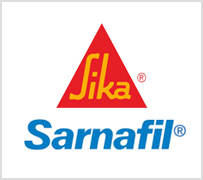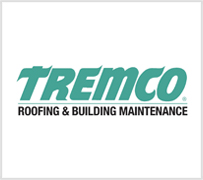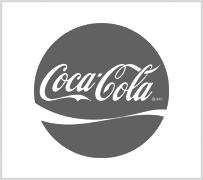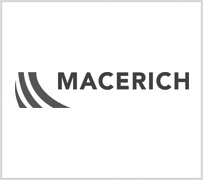
Home / News / TPO Roofing Research
From 2001 to 2011, a study was published by Western Roofing/Insulation/Siding and showed the weathering characteristics of TPO (thermoplastic polyolefin) single-ply roofing membranes. Western Roofing/Insulation/Siding is the official publication of the Western States Roofing Contractor’s Association.
Independent studies beyond the 10-year mark are a bit scarce and still in development, but results show TPO membranes using the right polymer formation and stabilization can perform well in the most extreme conditions and may last up to 25 years or more.
TPO is a single-ply reflective roofing membrane made from polypropylene and ethylene-propylene rubber polymerized together. It is typically installed in a fully adhered or mechanically attached system, allowing the white membrane to remain exposed throughout the life of the roof.
It is important to note that TPO is currently the fastest growing segment in the commercial roofing industry due to the increased demand for energy efficient materials and the relatively inexpensive cost compared to PVC membrane. In particular, TPO roofing is rated well for its solar reflection capabilities. Therefore, white TPO membranes—the most reflective—can be a suitable choice for those striving for maximum energy savings and environmental benefits.
The locations for testing were in Seattle, Las Vegas, San Antonio and Anchorage. Each roof was divided in fourths, and each section received a different type of TPO roofing membrane. The results were very interesting … 15 of the 16 membranes performed very well at each of the four different climactic locations. The 16th has some cracking and splitting problems as you’ll see below.
Seam Integrity
In general, all the TPO membranes maintained their seam quality in all locations, although inspectors did begin to see some isolated voids in the 10th year.
Membrane Tightening
Initially, some tightening of the sheets was visible in some locations where roofs and walls meet and at the roof to area divider transitions, but that seems to have stabilized and showed no further tightening after the seventh year in all locations.
Weldability
In order to test repair processes, the membrane was prepared to accept the repair: The membranes were cleaned using diluted detergent (non-sudsing, low-residue) and scrubbed with a medium-bristle scrub brush or push broom, followed by a clean water rinse and squeegee dry, repeated as necessary. It was always followed by a solvent wipe with a clean rag wetted the Manufacturer’s recommended solvent. After 10 years, this method was often not enough to remove adhered organic accumulations, so another step was added which included a solvent scrub step – a kitchen scouring pad wetted with solvent helped remove the more aggressive grunge.
Condensation
Condensation was found under both the Seattle and Anchorage roofs. In Seattle, the insulation core and plywood deck remained dry. In Anchorage, vapor drive occurred along the divider walls and perimeters, and/or interior air leaks allowed warmer, moisture-laden interior air to enter the roof assembly. The amount of condensation was not enough to damage the substrates.
Cracking
In the 7th year in San Antonia, cracking occurred where the membrane had been creased during installation. It was repaired and nothing further was noted. However, Area #2 in San Antonio did show far more extensive cracking and splitting along creases. Las Vegas Ares #2 showed the same cracking along creases.
Chalking
All membranes were tested for chalking using a black cloth test. In the 10th year survey, Roof Area 1 at both Anchorage and Seattle showed noticeable increases.
Biological Growth
Algae and lichen were observed on all four roof areas in Seattle at the 10-year survey, with roof Area #4 having the highest concentration of lichen. The rougher surface of Area #4 might provide a better climate for biological organisms to adhere and grow.
While cool roofing is an increasingly popular subject, and TPO has proven to be a great option in terms of both cost-effectiveness and longevity, it’s important to keep in mind that the roof is only part of a building, and is not solely responsible for a building’s performance. A holistic approach, including all parts of a building, the products used, architecture, construction, operation and the professionals involved will all have an impact on a buildings overall performance.











